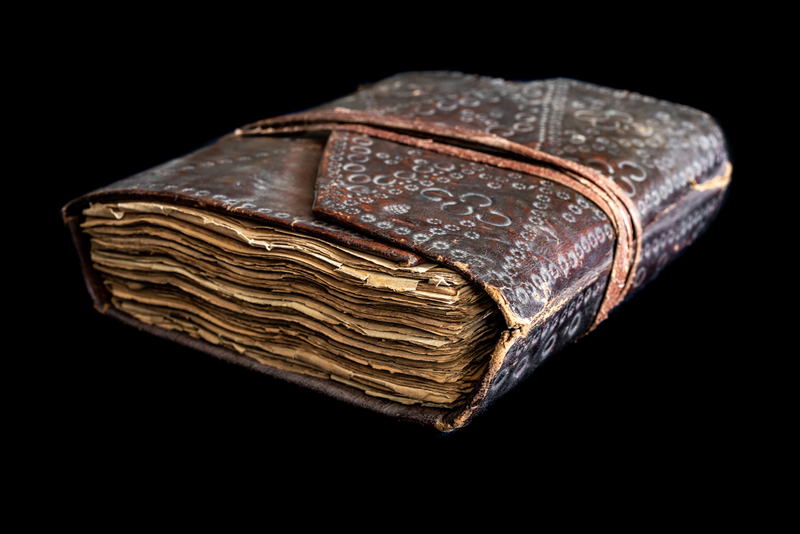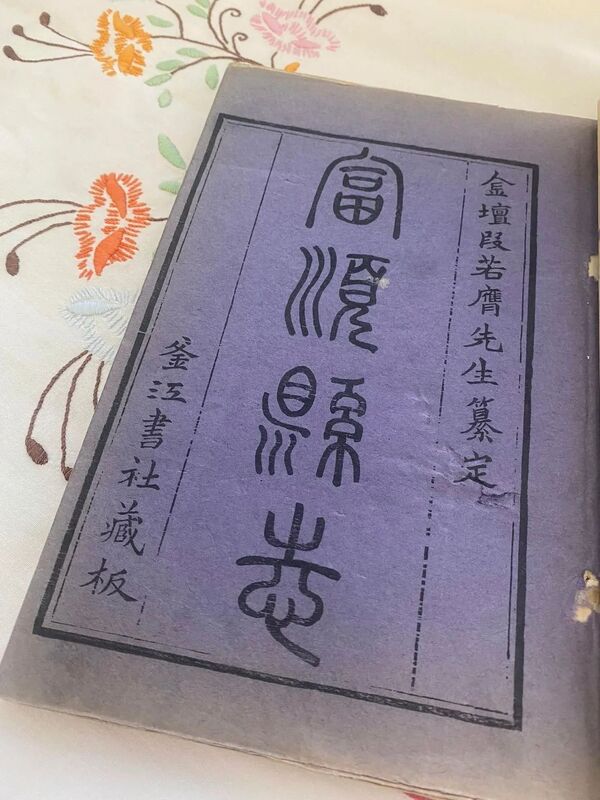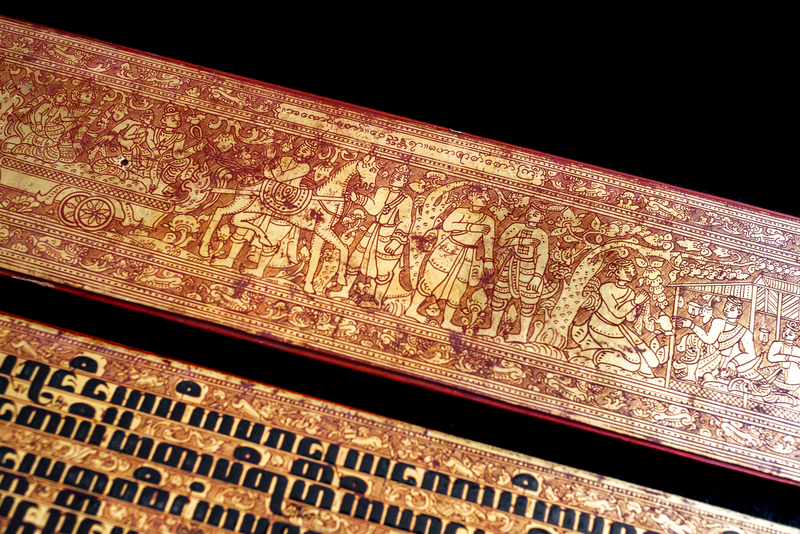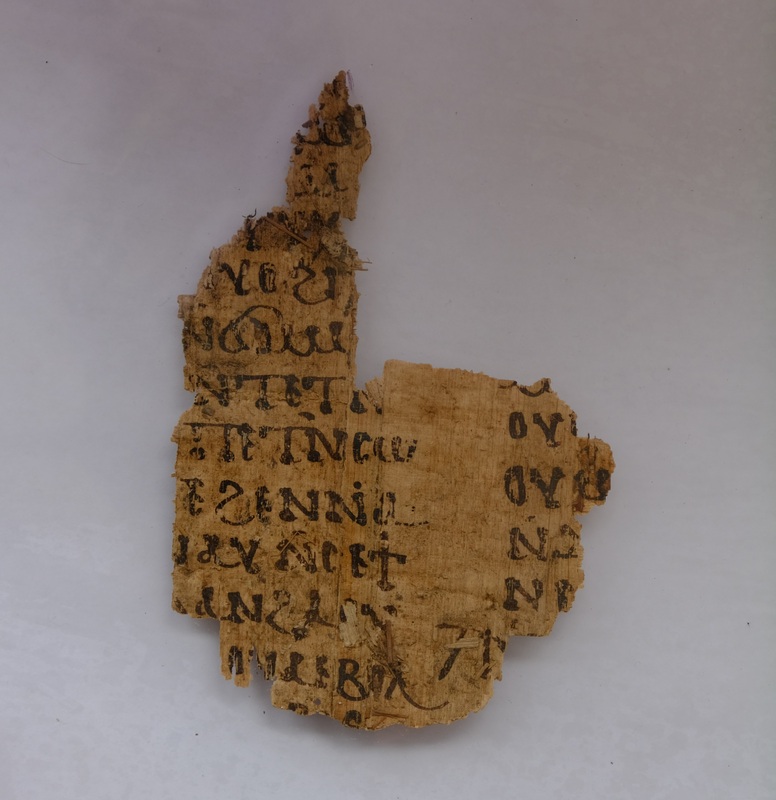This part of the exhibit provides an array of historical records and rare literary treasures unearthing the hidden stories that these pieces hold, all preserved within the hallowed halls of the Oriental Institute Library. While the institute's extensive collection of rare materials encompasses an array, this virtual exhibit showcases a curated selection of items for which scholars have already provided descriptions

Manuscript from West Africa
The OI’s acquisition of this manuscript, "Sirāj al-mulūk" by al-Ṭurṭūšī, is notable due to its rarity. al-Ṭurṭūšī is an Andalusi author from the 11th and 12th centuries. This manuscript serves as evidence that this widely known and widely circulated work which found its way to West Africa which is the place of origin for the manuscript in question. The author of the main work is identified as Muḥammad b. al-Walīd b. Muḥammad b. Jalaf b. Sulaymān b. Ayyūb, known as Abū Bakr, Ibn Abī Randaqa, or Abū Bakr al-Ṭurṭūšī. He was a member of the al-Qurašī al-Fihrī al-Ṭurṭūšī al-Mālikī (1059-1126) lineage.The main work itself is titled "Sirāj al-mulūk wa-l-khulafāʾ wa-minhāǧ al-wulāt wa-l-umarāʾ" and is accompanied by three additional folia at the end of the manuscript, which contain excerpts from "Sirāj al-mulūk wa-l-khulafāʾ." The additional texts provide further insights or supplementary information related to the main work. Although it does not contain the place of copying, nor is it clear the name of the copyist, the binding, paper, and handwriting are typical examples of surviving sub-Saharan manuscripts in Arabic script. It is worth noting that Usman Dan Fodio (1754-1817), the founder of the Sokoto Caliphate, which encompassed areas of present-day Cameroon, Burkina Faso, Niger, and Nigeria, draw heavily on Siraj al-Muluk in his work Bayān Wujūb al-Ḥijra ‛alā al-‛Ubbād.

Local gazetteers difangzhi 地方志
OI Library's Chinese collection include the local gazetteers (difangzhi 地方志) which dates back to 1800. Here is one of the oldest copies documenting the history of Sichuan Fushun County 富順縣, composed by Duan Yucai 段玉裁 and printed in 1882.

Burmese Kammavaca : The intricate details
This Kammavaca that OI acquired is the Vessantara Jātaka tells the story of one of Gautama Buddha's past lives, a compassionate and generous prince, Vessantara, who gives away everything he owns. The text is written in tamarind seed, with 6 lines of text per folio, and text separators. The text is interlineated with leaves / birds, with ywe-dan (circles) and chin-thei (lion) on top and bottom, and ywe-dan (circles) and chin-thei (lion) on the ends.

Coptic part of the papyrus collection
The Coptic part of the papyri collection of the Viennese papyrologist Carl Wessely (1860– 1931) consists of over 200 largely unpublished texts and fragments. The precise acquisition history of this manuscript collection remains unclear, although scattered remarks suggest that all the papyri were likely obtained in 1904. Palaeographical analysis and material examination date the Coptic collection's fragments to the 5th–12th century C.E. or slightly later. The content of this collection is notably varied, encompassing non-literary materials like private letters, and documentary texts (such as receipts, bills, accounts, tax receipts, waybills, contracts, inventories, and lists of names). Additionally, it includes magical texts (including formularies and applied amulets), relatively well-preserved liturgical texts containing prayers, and small remnants of literary and biblical texts.
